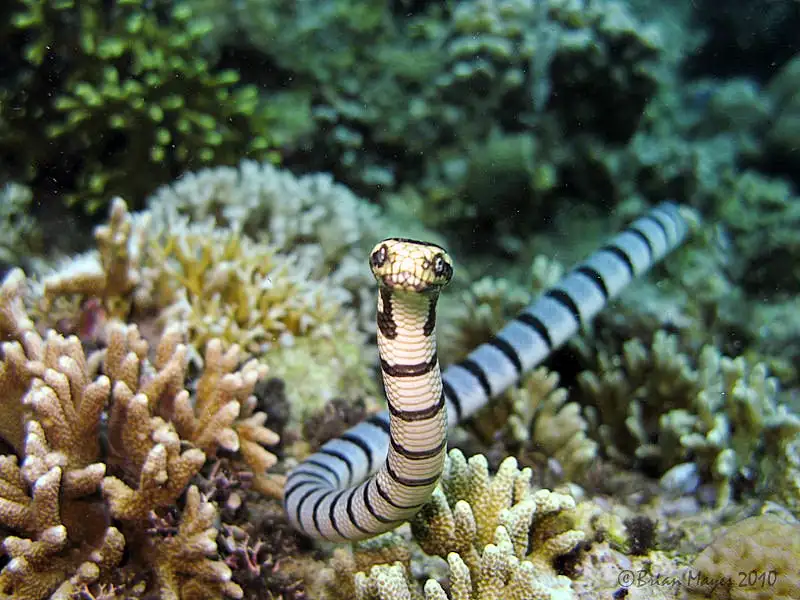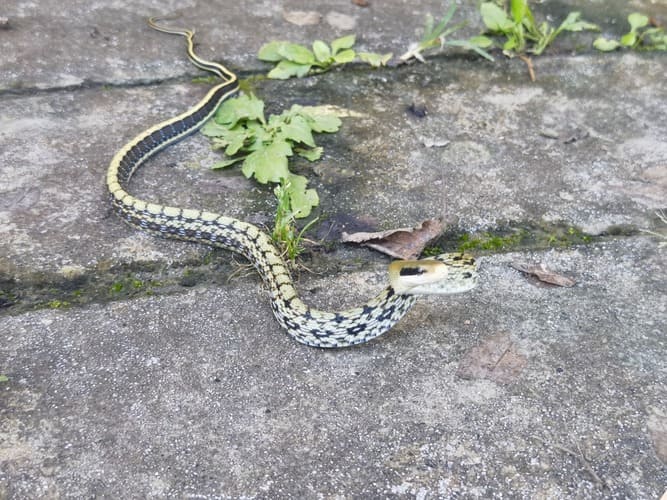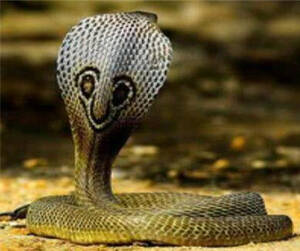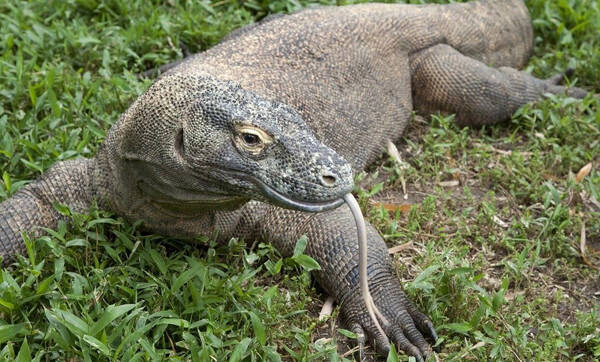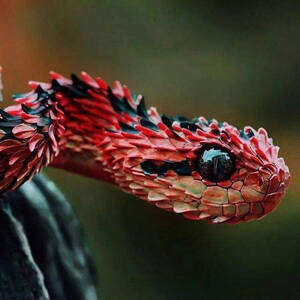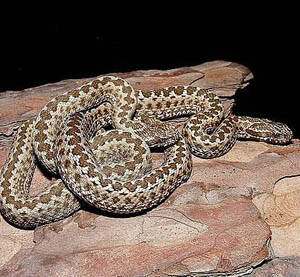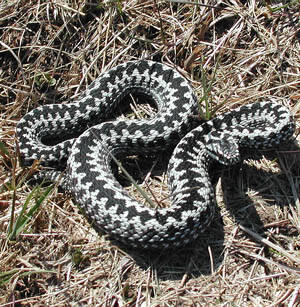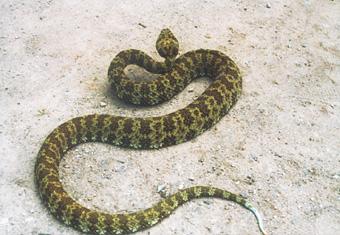Rhynchophis boulengeri
IUCN
LCBasic Information
Scientific classification
- name:Rhynchophis boulengeri
- Scientific Name:Rhynchophis boulengeri,Gonyosoma boulengeri,Rhinoceros rat snake, Cone-nosed snake,
- Outline:Squamata
- Family:Colubridae Acanthophis
Vital signs
- length:113-128cm
- Weight:About 1kg
- lifetime:8-12years
Feature
There is an upward protrusion at the front of the snout.
Distribution and Habitat
Worldwide distribution: TamDao region in northern Vietnam, China
China distribution: Hainan, Guangdong, Guangxi (Yaoshan Guchen).
It lives in trees and is often seen in mountainous areas with dense forests. It is also seen swimming in rivers.
Appearance
Total length: 1130-1283 mm. The head is relatively long and clearly distinguished from the neck; the snout is pointed and extends upward and forward from the back, forming a cone (hence the name cone-nosed snake), with many small scales on the cone; the snake body is long and the tail is also long. There are 9 (3-3-3 or 4-2-3) scales on the upper lip, and 10 (4-3-3) scales in some cases; 2 (1) cheek scales; 1 preorbital scale, 2 postorbital scales; 2 + 3 (2) temporal scales. There are 19-19-15 rows of dorsal scales, with ridges in the 3rd to 17th rows in the middle; 210-227 ventral scales, 2 anal scales, and 125-133 pairs of subcaudal scales. The back is green, the upper lip is yellowish-white; the free margins of the ventral scales are grayish-white with lateral ridges. The back of the juvenile is golden yellow, grayish-green, and the ventral surface is light yellow.
Details
The sharp-beaked snake, whose Latin name is Rhynchophis boulengeri, is a small snake of the family Colubridae.
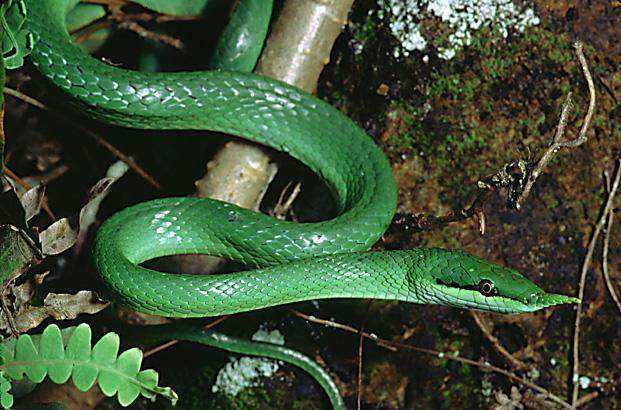
The sharp-beaked snake is a tree-dwelling non-venomous snake. Like other tree-dwelling snakes such as the green snake, it lives in trees all year round and feeds on some lizards, insects, and small birds. It was first named in 1897, and its origin is located in Vietnam.
The breeding period of the sharp-beaked snake is the same as most snakes in China. It mates from March to May, lays eggs at the end of June, and hatches for one to two months. The output is small, usually 3 to 10 snake eggs. The young snakes have a color development process (the body color of the young and the adult is different, and the body color gradually tends to the adult body color as they grow older).
It is included in the "List of Terrestrial Wildlife with Important Economic and Scientific Research Value under State Protection" issued by the State Forestry Administration of China on August 1, 2000.
It is included in the second level of the "List of National Key Protected Wildlife in China".
Protect wild animals and stop eating game.
Maintaining ecological balance is everyone's responsibility!

